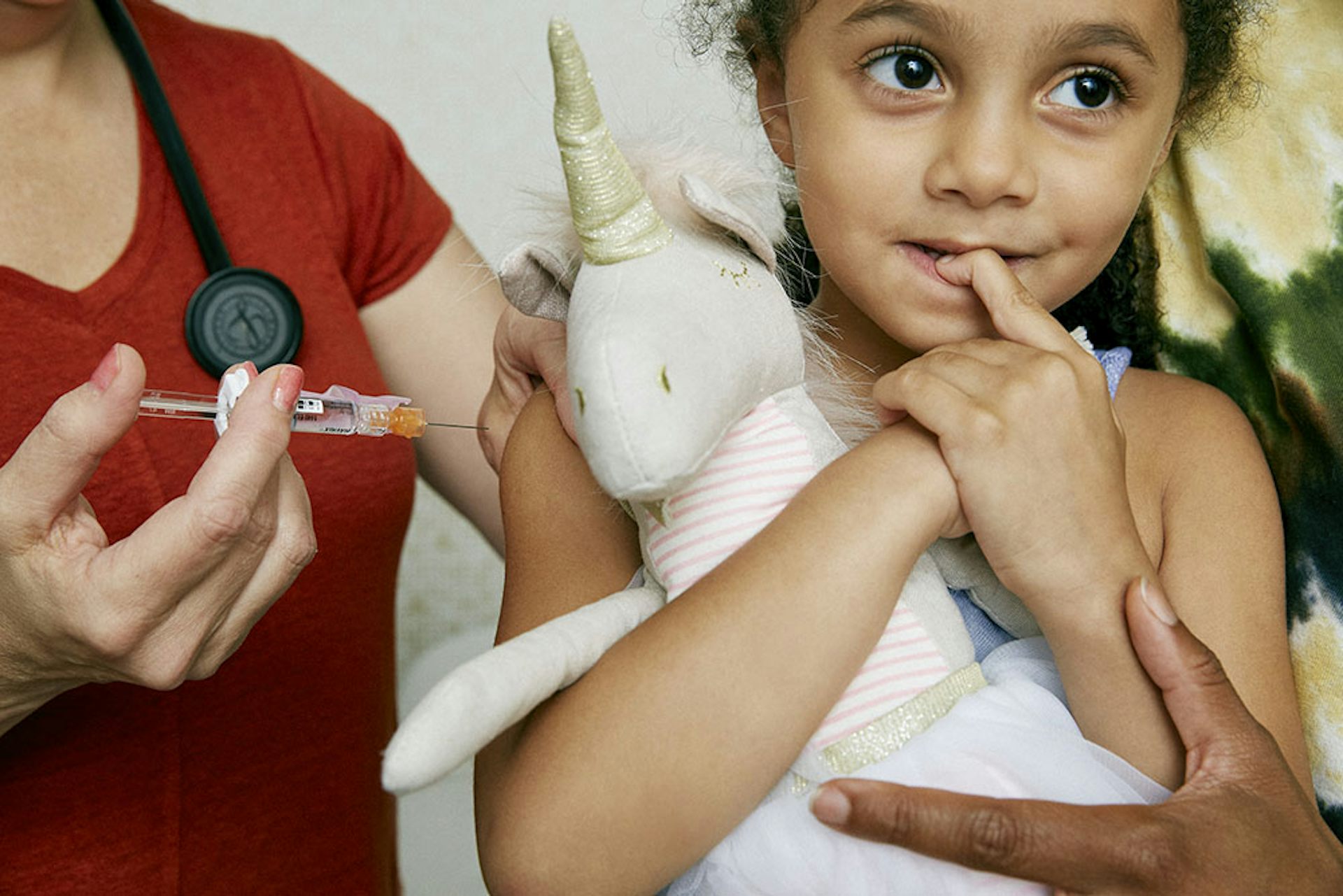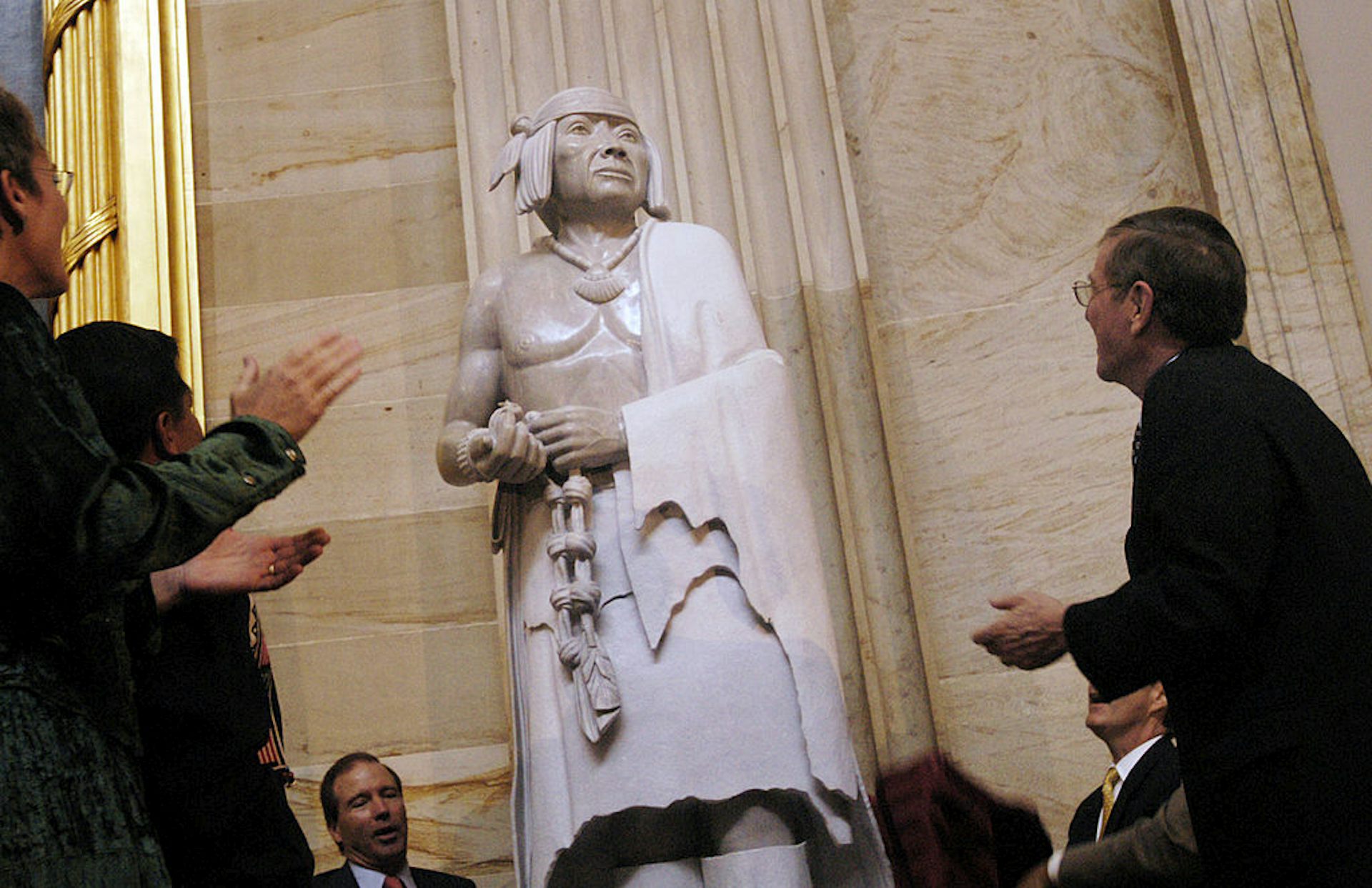Hillary Clinton is starting a social welfare group. What does that mean?
Social welfare groups have become more common – and more controversial – in recent years. Fixing gaps in the oversight of this kind of nonprofit will take bipartisan action.

Hillary Clinton recently announced that she was setting up a new group called Onward Together, offering few details other than that it will support an array of progressive causes, such as Swing Left, Emerge America, Color of Change, Indivisible and Run for Something. Unlike the Clinton Foundation, which is a charity, Onward Together will operate as a social welfare organization.
But what exactly are social welfare nonprofits, what’s the difference between them and charities and how involved in politics can they get?
As a law professor who formerly served as counsel to the nonpartisan congressional Joint Committee on Taxation, I am interested in the use of nonprofits to serve political purposes. I would like to explain why this kind of organization has become more popular – and more controversial.
What are social welfare organizations?
Social welfare groups are nonprofits formed to benefit the community in some way.
The largest social welfare groups, like AARP, the National Rifle Association and the local units of the NAACP, are familiar to most Americans. Smaller ones, such as firefighters’ associations, neighborhood civic associations and many PTAs serving specific schools, are more common. According to the National Center for Charitable Statistics, there are more than 83,000 social welfare nonprofits.
Social welfare organizations, sometimes referred to by the part of the tax code regulating them – section 501(
Read These Next
The 6-7 craze offered a brief window into the hidden world of children
From Pig Latin to Punch Buggy, kids have long used nonsensical language, gestures and games to carve…
Why the Pittsburgh Post-Gazette’s closure exposes a growing threat to democracy
When reputable local news outlets close, fewer people vote and get involved in local politics, and misinformation,…
‘Shared decision-making’ for childhood vaccines sounds empowering – but it may mean less access for
Doctor’s visits are already rushed. Adding extra steps means some children, especially those from…






